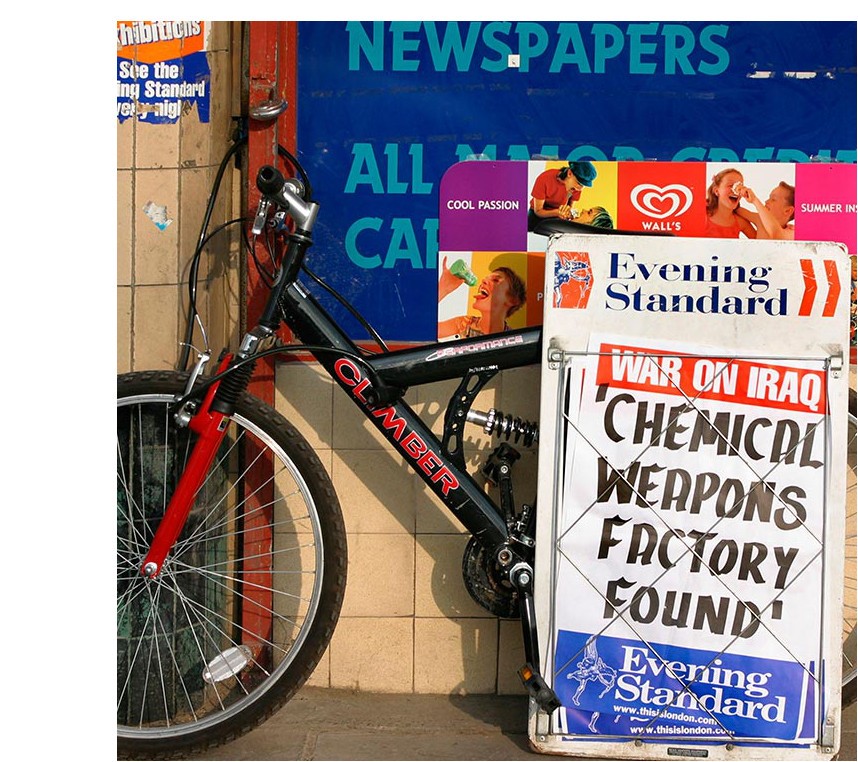'CBRN' is the abbreviation commonly used to describe the malicious use of Chemical, Biological, Radiological and Nuclear materials or weapons with the intention to cause significant harm or disruption. The hazard posed by these materials varies:

- Chemical: Poisoning or injury caused by chemical substances, including traditional (military) chemical warfare agents, harmful industrial or household chemicals.
- Biological: Illnesses caused by the deliberate release of dangerous bacteria or viruses or by biological toxins (e.g. ricin, found in castor oil beans).
- Radiological: Illness caused by exposure to harmful radioactive materials.
- Nuclear: Life-threatening health effects caused by exposure to harmful radiation, thermal or blast effects arising from a nuclear detonation.
Within the wider definition of CBRN, the term "White Powder(s)" is often used in a mail context to describe the potential presence of a noxious substance (or hoax material) in a letter or parcel. More information on White Powders, including definitions and mitigation measures is available from the Screening Mail and Courier Deliveries page and also from PAS 97:2015 which is available from the BSi website.
CBRN Mitigation
Good general physical and personnel security measures will contribute towards resilience against CBRN incidents. Remember to apply appropriate personnel security standards to contractors and visitors, especially those with frequent access to your site.
Full CBRN protection can be extremely expensive to implement, however some CBRN mitigation measures that will mitigate to a certain extent the effects of a CBRN event can be put in place at relatively low cost. NPSA recommend the following first steps to increase your resilience to a CBRN attack:
- Review the security physical measures relevant to areas of your building that may, due to their function (entrances, etc), be at increased risk of attack.
- Review the design and physical security of your air-handling systems, such as access to intakes and outlets.
- Improve air filters or upgrade your air-handling systems, as necessary.
- Restrict access to water tanks and other key utilities.
- Review the security of your food and drink supply chains.
- Consider whether you need to make special arrangements for mail or parcels, e.g. a separate post room, possibly with dedicated air-handling, or even a specialist off-site facility.
CBRN Response
The response actions taken before and during a CBR attack by security staff can significantly limit the effects and improve the outcome of an incident.
CBR incidents differ significantly to conventional attack methodologies. As such, existing procedures for other emergency situations may not be sufficient, and additional response considerations may be necessary. Being well prepared and responding appropriately is therefore necessary to mitigate and reduce the impact of a CBR incident.
A basic awareness of CBRN threat and hazards, combined with general protective security measures (e.g. screening visitors, CCTV monitoring of perimeter and entrance areas, being alert to suspicious letters and packages) should offer a good level of resilience. A range of commercial CBRN detection technology is available, though the maturity of some of these technologies, and their suitability for use in a security context, requires that specialist advice should be sought prior to any procurement decisions.
Further guidance can be found on the Preparing and Responding to a Chemical, Biological or Radiological (CBR) Incident page.
Recognise, Assess, React (RAR) for CBR Incidents
Security control room (SCR) staff play an essential role in preparing for and responding to a CBR incident. NPSA have developed a new campaign - RAR for CBR incidents - which summarises the essential information required for SCR personnel to effectively respond to a CBR incident. It includes posters and a leaflet that can be printed out to embed this guidance within an organisation.
To find out further information access the Recognise, Assess, React (RAR) for CBR Incidents campaign.
Business Continuity
Business interruption following a CBRN incident could potentially compromise an organisation's ability to sustain normal operations. The severity of this disruption will depend on the nature of the incident (principally the CBRN agent employed), and may ultimately be influenced by how long it takes to decontaminate the area affected.
CBRN decontamination may be costly, take a significant period of time or in extremis could be impossible. The UK government has published Strategic guidance relevant to decontamination of buildings.